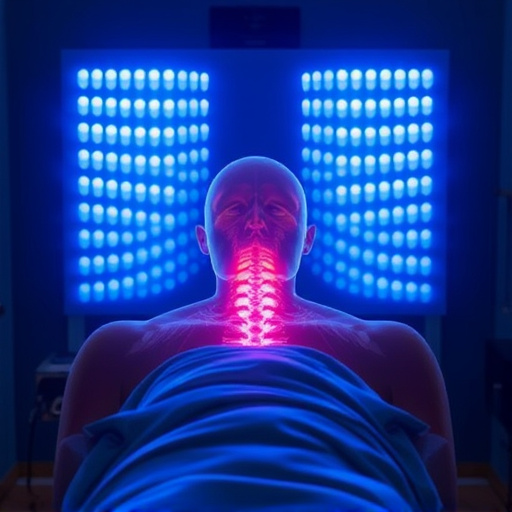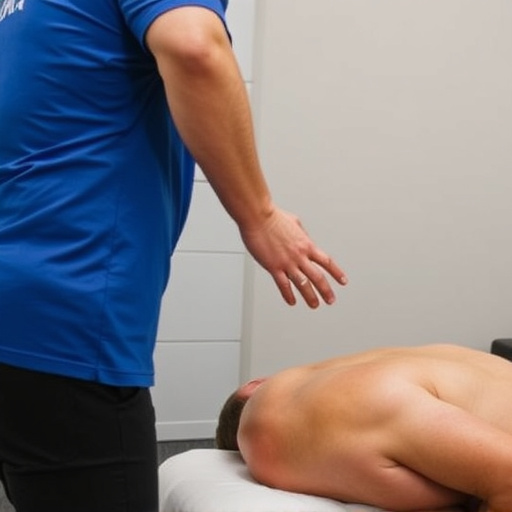Acute injuries and repetitive strain injuries (RSI) have distinct causes, symptoms, and treatments. Acute RSI from falls or impacts has immediate pain and trauma, managed with RICE method. Chronic RSI develops over time due to cumulative effects of repeated movements, requiring ergonomic adjustments, modified activities, physical therapy, and non-pharmacological pain management. Early prompt attention is crucial for both types to prevent severe chronic RSI conditions.
Acute and repetitive strain injuries (RSI) are distinct yet often intertwined conditions affecting modern-day workers. While acute injuries arise from sudden, specific events, RSI results from cumulative microtraumas over time. This article delves into the key differences between these two types of strain injuries, focusing on their causes, immediate impacts, and unique diagnosis/treatment approaches. Understanding these distinctions is crucial for navigating effective prevention and management strategies for repetitive strain injury.
- Understanding Acute Injury: Causes and Immediate Impact
- Repetitive Strain: Cumulative Effects and Risk Factors
- Diagnosis and Treatment Approaches: Distinct Paths Forward
Understanding Acute Injury: Causes and Immediate Impact
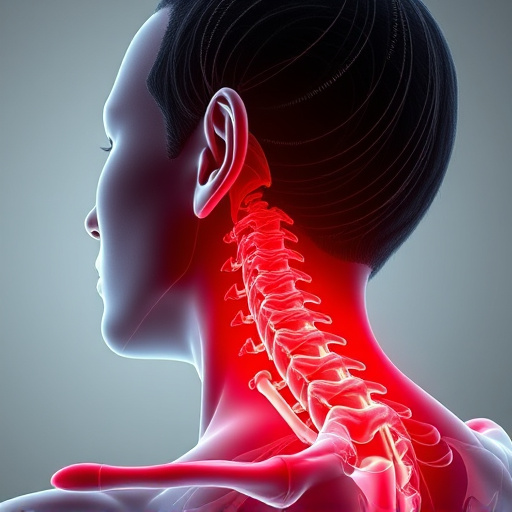
Acute injuries, often sudden and unexpected, are a common cause of concern when it comes to understanding repetitive strain injuries (RSI). These types of injuries typically occur due to specific incidents like a fall, a direct impact, or a sudden twist, leading to immediate pain and discomfort. In many cases, acute injuries result in visible damage or evident signs of trauma, making their diagnosis more straightforward. The impact can range from mild to severe, with symptoms such as sharp pain, swelling, bruising, and limited mobility.
Immediate attention is crucial for proper injury rehabilitation and auto accident recovery. The first steps often involve rest, ice application, compression, and elevation (RICE method) to reduce inflammation and ease pain. Proper management during this initial phase can significantly influence the trajectory of recovery and minimize the risk of chronic conditions developing into long-term RSI issues. Effective pain management techniques are also implemented to ensure patients can navigate their daily routines while healing.
Repetitive Strain: Cumulative Effects and Risk Factors
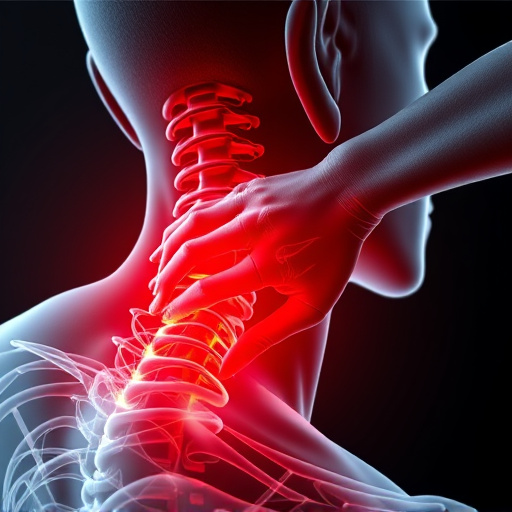
Repetitive strain injury (RSI) is a common condition characterized by discomfort and pain caused by repetitive movements or prolonged exposure to certain stimuli. Unlike acute injuries that result from a single, traumatic event, RSI develops over time due to cumulative effects of repeated actions. This makes it particularly prevalent in occupations and activities involving manual labor, data entry, or sports with repetitive motions.
Several risk factors contribute to the development of RSI, including poor posture, incorrect body mechanics during tasks, prolonged work hours without breaks, and excessive use of specific muscles or joints. For instance, individuals engaging in repetitive tasks like typing, painting, or playing musical instruments are at a higher risk. Moreover, improper workstation setup, such as using a poorly designed keyboard or monitor, can exacerbate the issue. Effective prevention strategies include regular breaks, ergonomic adjustments, and incorporating stretching exercises into daily routines to mitigate these risks and promote optimal recovery alongside quality rehab services and, if necessary, whiplash treatment or sports injury recovery programs.
Diagnosis and Treatment Approaches: Distinct Paths Forward
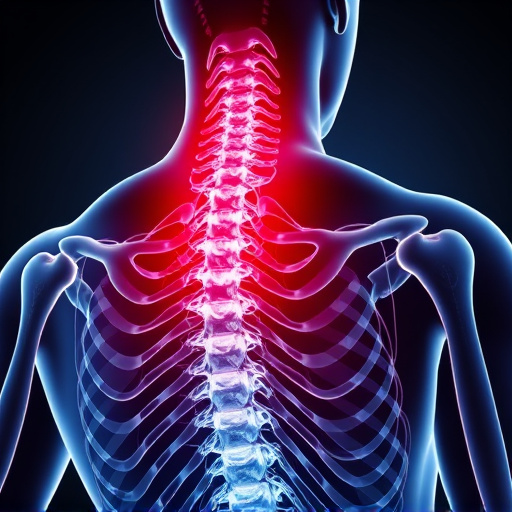
Diagnosis and treatment approaches for acute and repetitive strain injury (RSI) vary significantly due to their distinct nature. Acute injuries, often resulting from a sudden impact or traumatic event, are typically diagnosed through medical imaging like X-rays, MRIs, or CT scans that reveal structural damage. Treatment focuses on reducing pain, inflammation, and promoting healing with rest, physical therapy, medication, or interventional procedures such as steroid injections or nerve blocks.
In contrast, RSI develops over time due to repeated tasks or sustained postures, making diagnosis more complex. Healthcare providers rely on a detailed patient history, physical examination, and specialized tests like nerve conduction studies. Treatment involves addressing the underlying causes with strategies tailored to the specific body part affected. This may include ergonomic adjustments, modified activities, physical therapy targeting muscle imbalances, and non-pharmacological pain management techniques. For conditions like sciatica or herniated disc treatment, where RSI can manifest, conservative approaches are often preferred initially to prevent further damage before considering more invasive interventions.
Acute and repetitive strain injuries, though both impacting the musculoskeletal system, differ significantly in their causes, effects, and treatment. Acute injuries arise from single events, causing immediate pain and discomfort, while repetitive strain injuries develop over time due to repeated tasks or activities. Understanding these distinctions is vital for effective diagnosis and tailored treatment plans, ensuring individuals receive the appropriate care for their specific condition—whether it’s rest and rehabilitation for acute injuries or ergonomic adjustments and prolonged recovery for repetitive strain injury.










